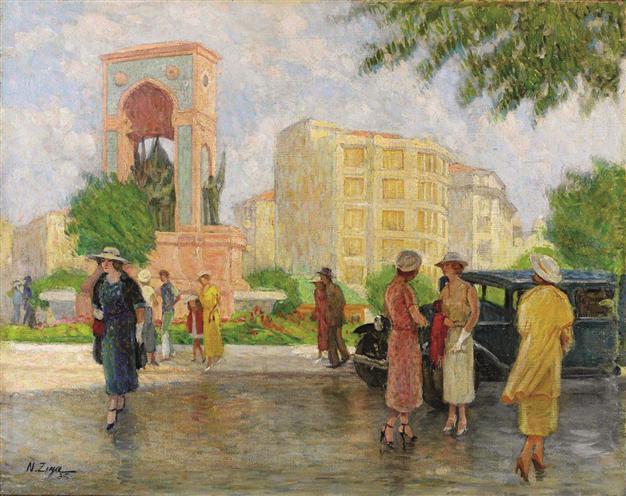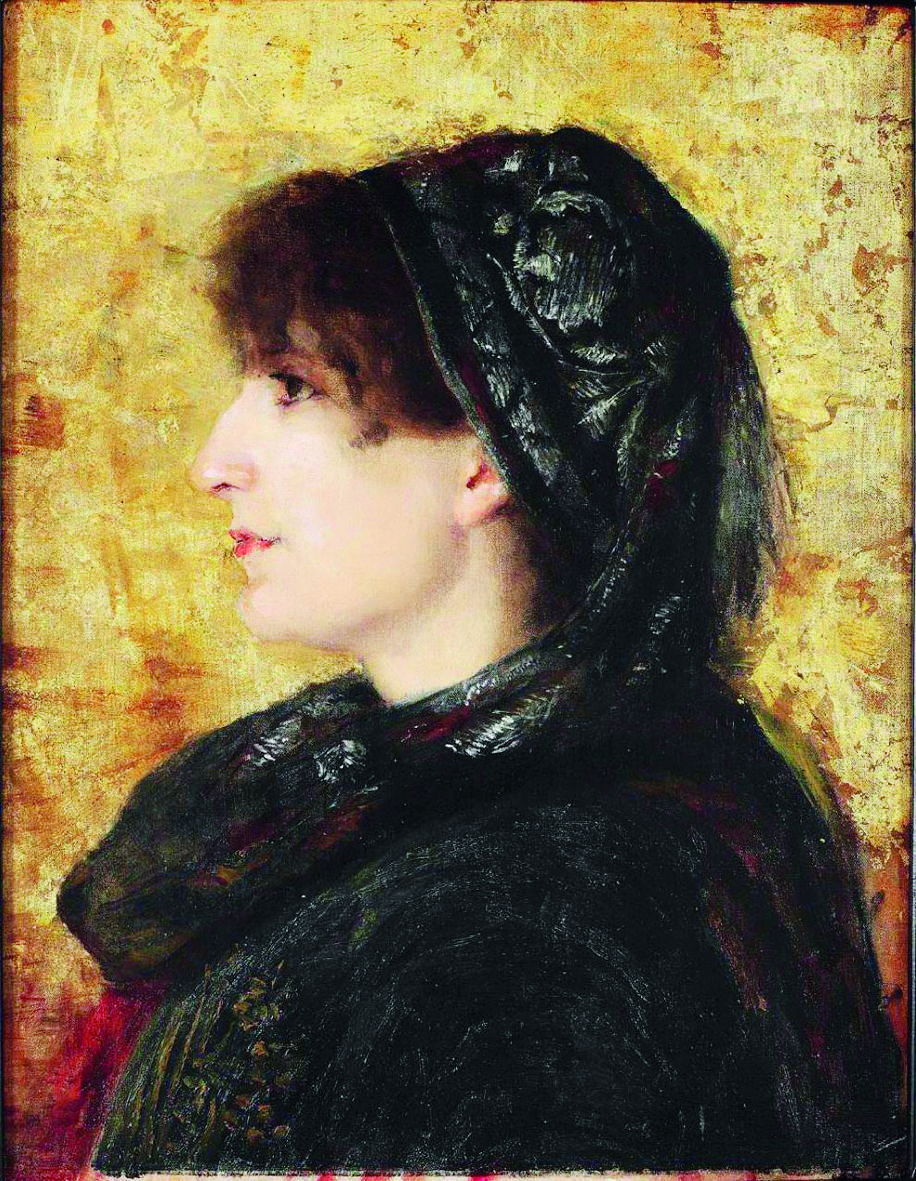Paintings of Sabancı’s collection on display
ISTANBUL

Many remarkable works are on show at the Sakıp Sabancı Museum exhibition, which contains nearly 100 paintings.
Sabancı University Sakıp Sabancı Museum (SSM) has once again opened its extensive painting collection as part of a new exhibition, “Turkish Painting from the Ottoman Reformation to the Republic.”The collection, including the works of significant Turkish artists, such as Osman Hamdi Bey, Halil Paşa, Abdülmecid Efendi and İzzet Ziya, Fikret Muallâ, are being exhibited in a gallery designed exclusively for the exhibition.
The exhibition, which is being organized under the scientific consultancy of Dr. Semra Germaner and Professor Ahu Antmen and opened July 31, provides visitors a chance to comprehend the historical journey of Turkish painting.
Sakıp Sabancı’s private collection
The collection, created by additions to late businessman Sakıp Sabancı’s private collection over time, presents a wide spectrum of Turkish painting art from a collector’s standpoint on the modernization process from the Ottoman Empire to the Turkish Republic.
 The paintings give a hint about the initial phase of the development process of the art of painting in Turkey. The exhibition also reveals the transition in the production of images and the alteration of the concepts of art and artist in Turkey.
The paintings give a hint about the initial phase of the development process of the art of painting in Turkey. The exhibition also reveals the transition in the production of images and the alteration of the concepts of art and artist in Turkey.Many remarkable works are on show at the exhibition, which contains nearly 100 paintings. Osman Hamdi Bey’s “Naile Hanım” portrait is among the paintings that is being exhibited in Turkey at the exhibition for the first time, in addition to Halil Paşa’s “Madam X,” which was exhibited at the 1889 Paris Universal Fair and awarded with a Bronze Medal.
Standing out with its golden gilding, which was used to portray saints in Byzantine portraits, “Naile Hanım” emphasizes the importance of women and Osman Hamdi Bey’s wife for him, while also providing clues about the social structure of the era.
“Taksim Meydanı,” painted by Nazmi Ziya Güran, represents the living standards that the republic brought and, notably, the freedom it provided for Turkish women.
“We are presenting the story and development of Turkish painting in a new spatial arrangement from the Reformation to the Republic.
The paintings form a solid basis that helps to comprehend the sense of art and different points of views in Turkish painting with different perspectives and inclinations of modernism. With the new arrangement, as always, we are going to continue our education programs and workshops for students and young people, along with workshops for adults,” SSM Director Nazan Ölçer said about the exhibition.
The exhibition, along with its catalogue, reveals the social and economic transition of a country through the art of painting that the country discovered belatedly but embraced rapidly.
















